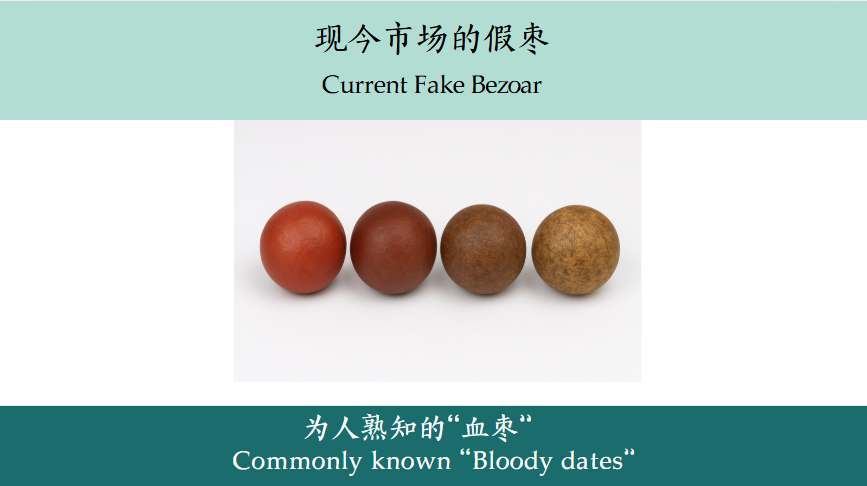Fake porcupine bezoars are not naturally obtained from a porcupine's stomach. Instead, they are maliciously made by mixing cheap herbs, chemical drugs, or even ordinary food and non-food substances. Some are even produced using harmful chemicals such as gypsum, cement, artificial coloring, and steroids.
Unlike genuine bezoars, fake bezoars do not have a clear grading system. However, many sellers deliberately assign fake grades to them to pass them off as genuine, even claiming that bezoars of different colors have different effects. In reality, these colors are usually just artificial dyes added by unscrupulous sellers.
The Current Market Situation of Fake Porcupine Bezoars
Over time, the proliferation of fake porcupine bezoars in the market has become increasingly severe, causing great trouble for consumers. Due to the scarcity and preciousness of genuine porcupine bezoars, some sellers deliberately raise the prices of fake bezoars to pursue profit, misleading consumers into purchasing them. Believing they have bought genuine porcupine bezoars, consumers often pay a high price but ultimately receive counterfeits. This not only leads to financial loss but can also endanger health. Even worse, some sellers spread false information, pretending to "educate" people on distinguishing authenticity, but in fact misleading consumers and causing widespread misconceptions about porcupine bezoars.
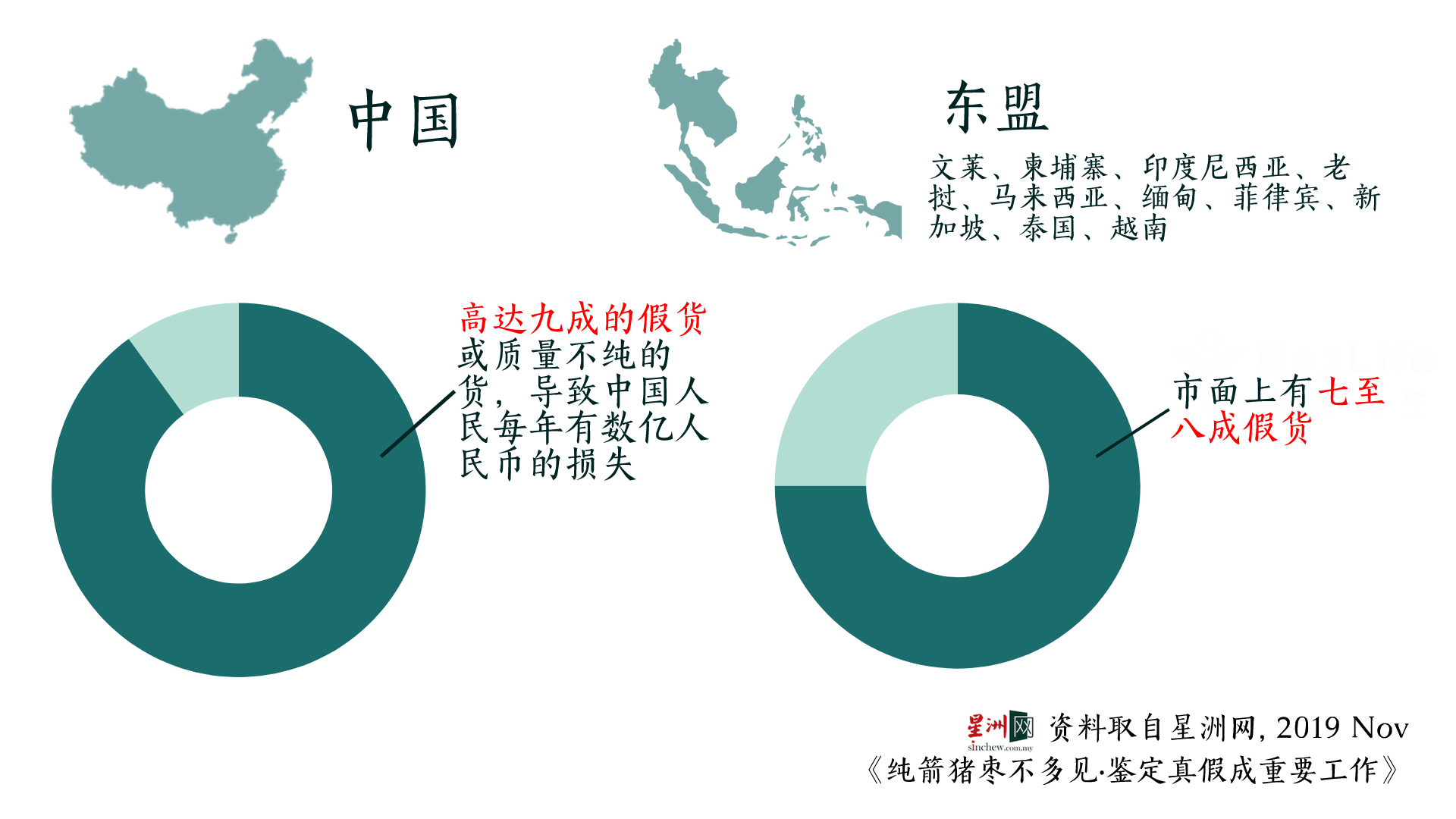
According to a report by Sin Chew Daily (November 2019), "Pure Porcupine Bezoars Are Rare – Identifying Authenticity Becomes a Key Task", the demand for porcupine bezoars in China and Malaysia has continued to rise, fuelling the widespread circulation of counterfeits. In ASEAN member states, an estimated 70–80% of the bezoars on the market are fake. The situation is even more severe in the Chinese market, in which up to 90% are either counterfeit or of impure quality. This trend not only causes financial losses for consumers but also poses potential health risks.
These cases and market data clearly demonstrate the problem of fake animal bezoars (including porcupine bezoars) has persisted for centuries. With rising demand, the proliferation of fake porcupine bezoars is worsening, causing significant difficulties for consumers. Therefore, understanding the current market situation and mastering skills to distinguish authenticity are essential to avoid losses.
History
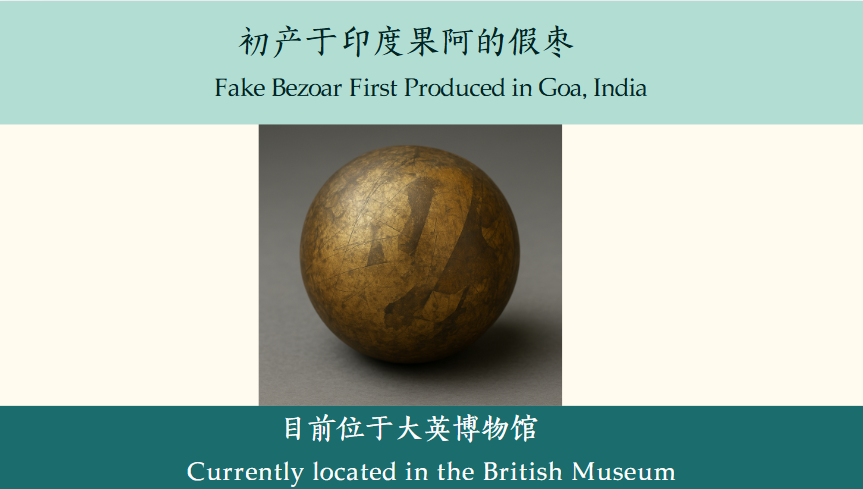
History
The existence of fake bezoars dates back centuries. As early as the late 17th century, Goa stones (artificial animal stomach bezoars) emerged and were exported to Europe as specialty goods. Produced to satisfy the European demand for animal bezoars, these artificial products gradually eroded consumer confidence, ultimately leading to the decline of the animal bezoar market.
Fake Bezoars in the Current Market
Fake Bezoars in Today's Market
Most of the fake porcupine bezoars you come across are "primary level," which ordinary people can easily identify. However, with the advancement of manufacturing techniques, high-grade counterfeits have become increasingly sophisticated, closely resembling genuine bezoars and making them extremely difficult to distinguish. These are considered "secondary level" or even "university level" counterfeits. Even some experts and professionals struggle to tell them apart by appearance alone. Consumers without relevant knowledge are especially vulnerable to such scams and may mistakenly purchase the fake porcupine bezoars.
Grades of Fake Porcupine Bezoars
Primary Level
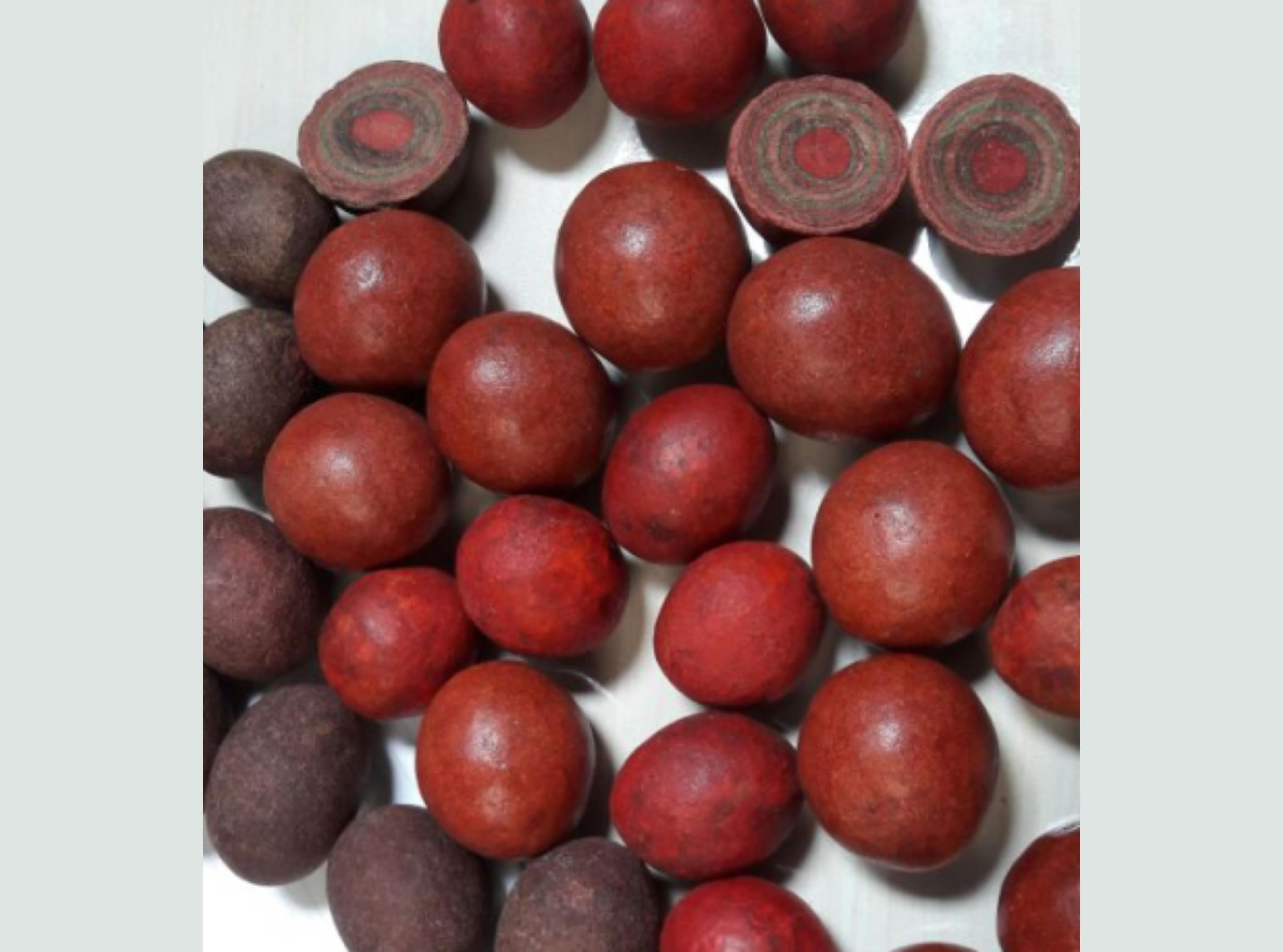
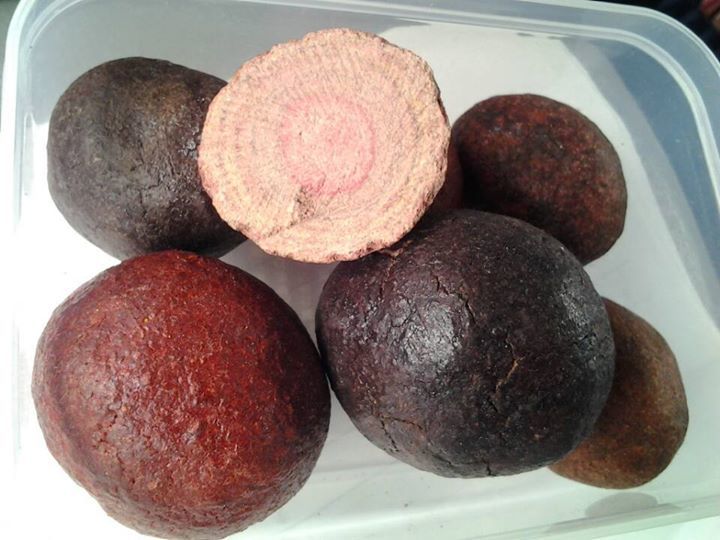
Poor appearance, inferior quality, very easy to identify
Secondary Level
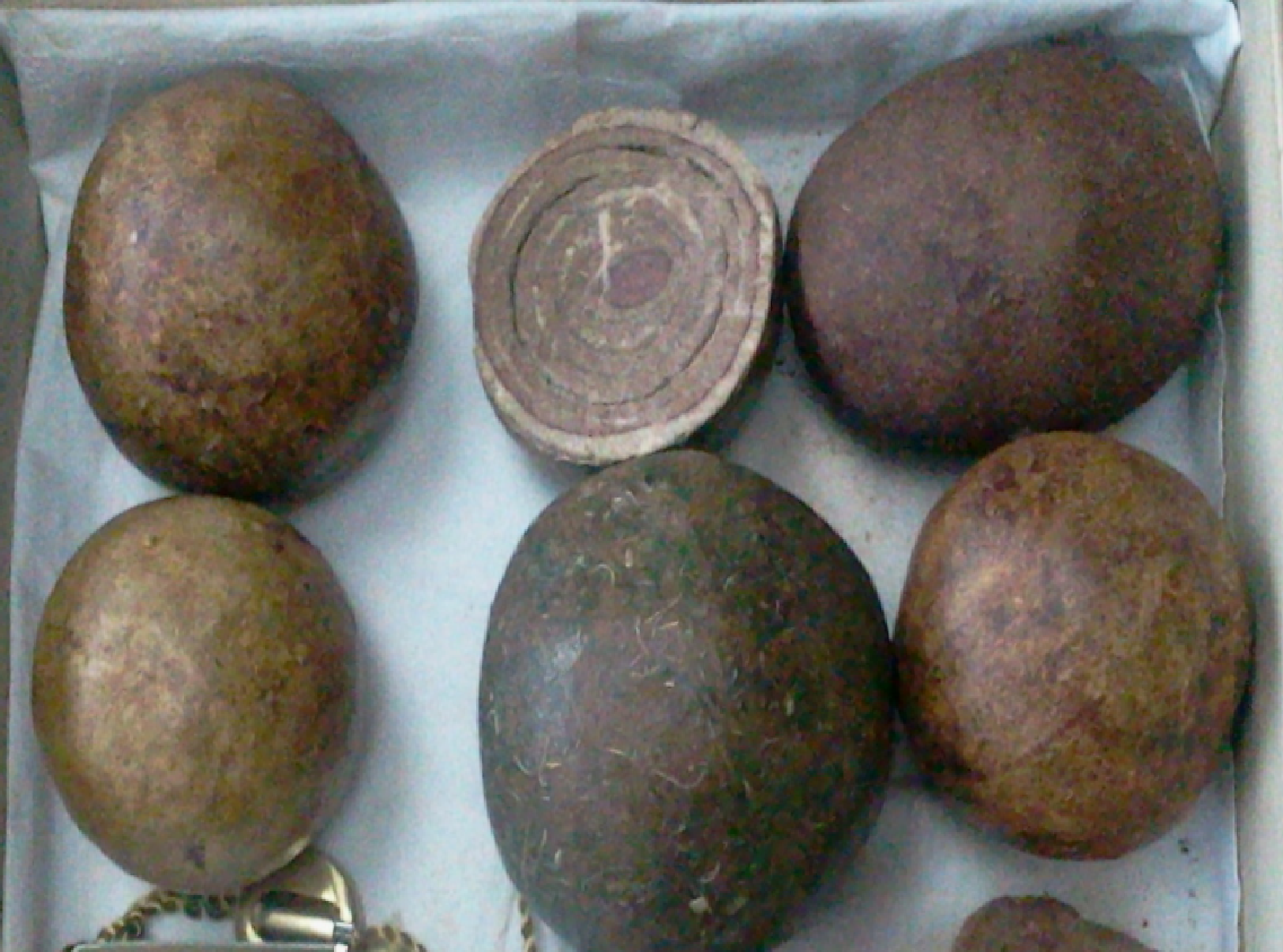
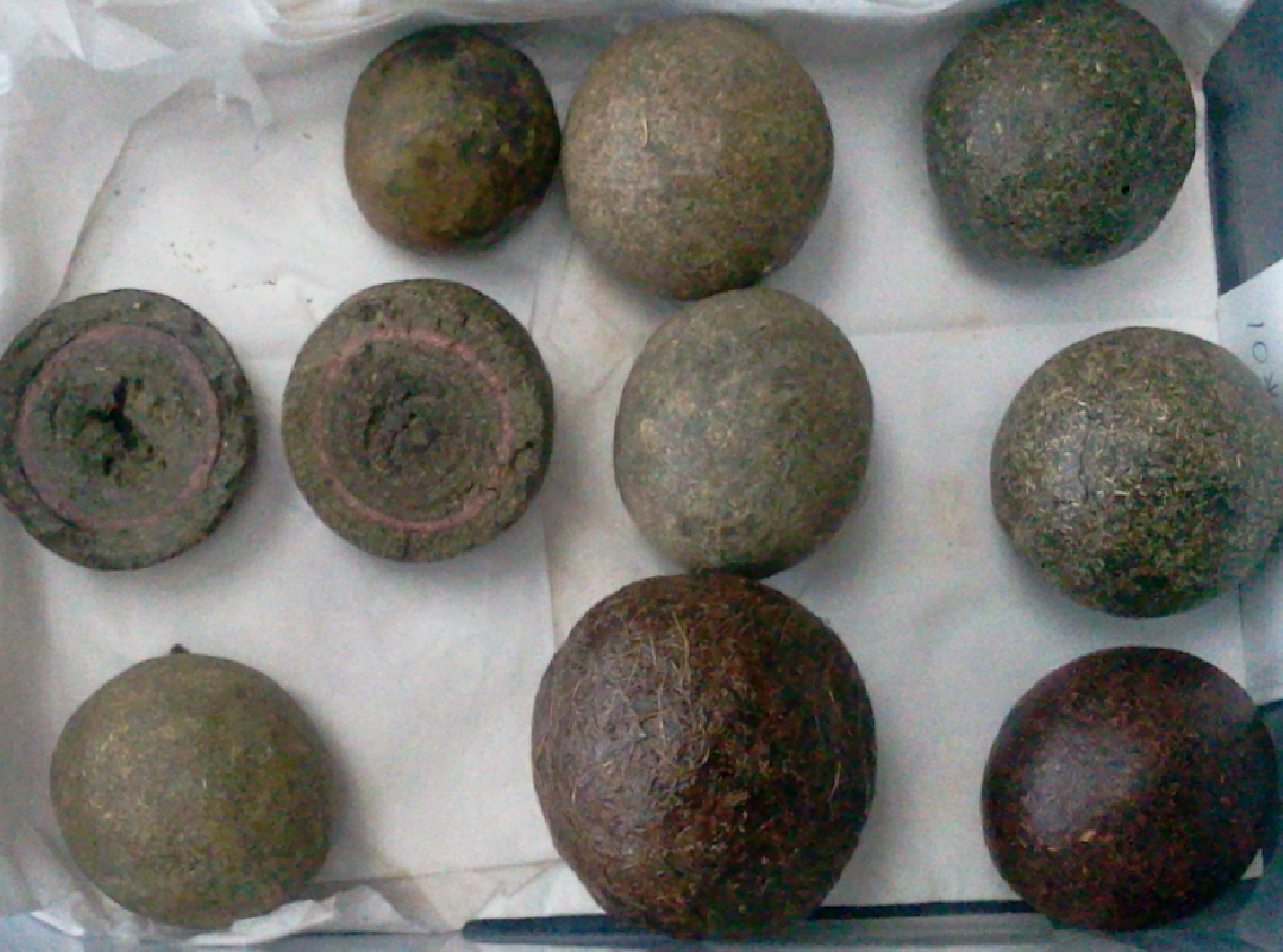
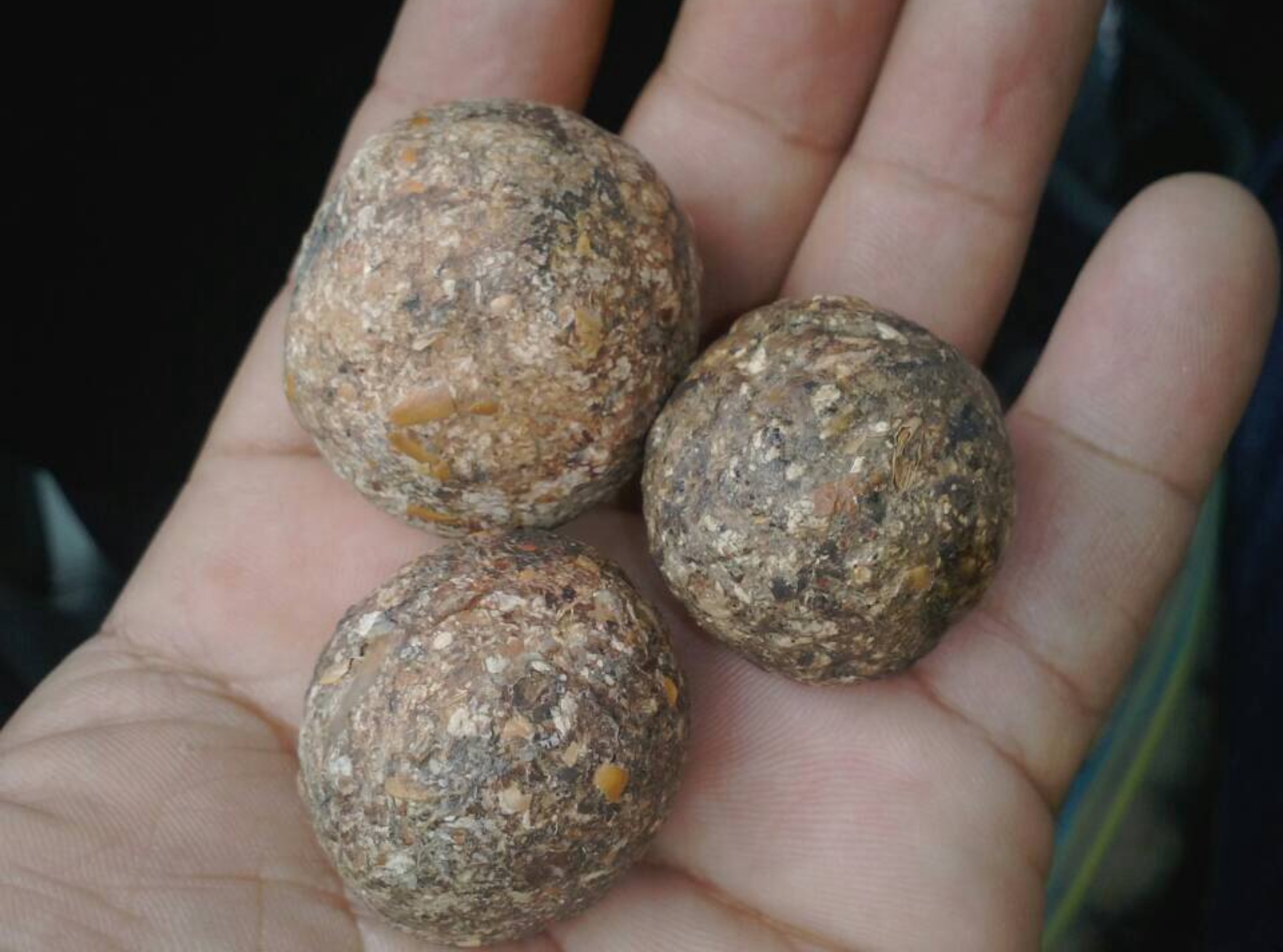
Carefully crafted, almost identical to real bezoars
University Level
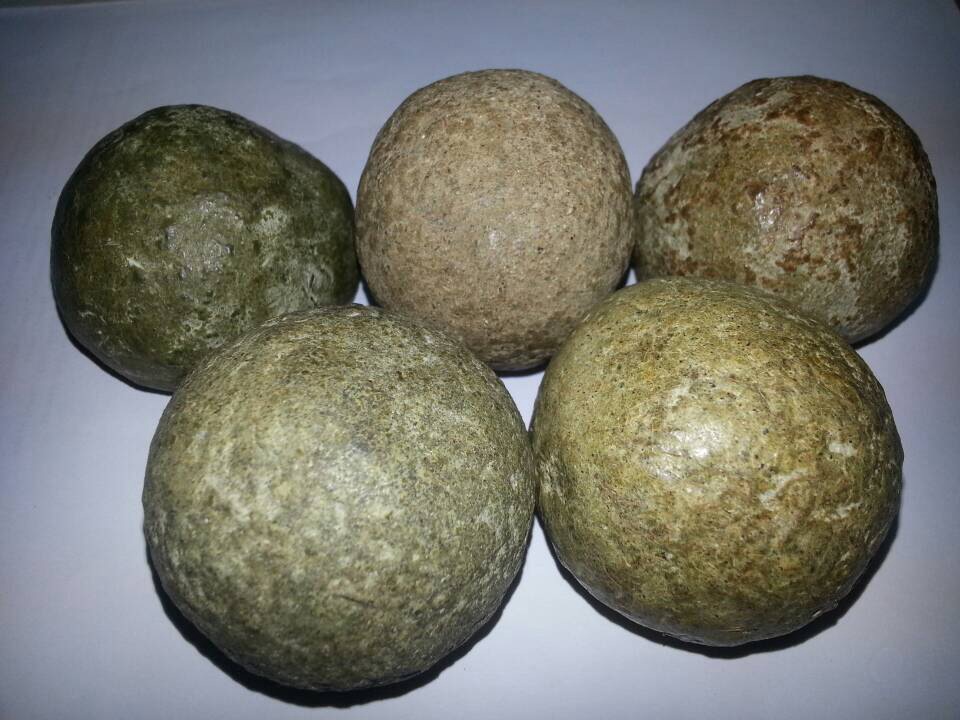
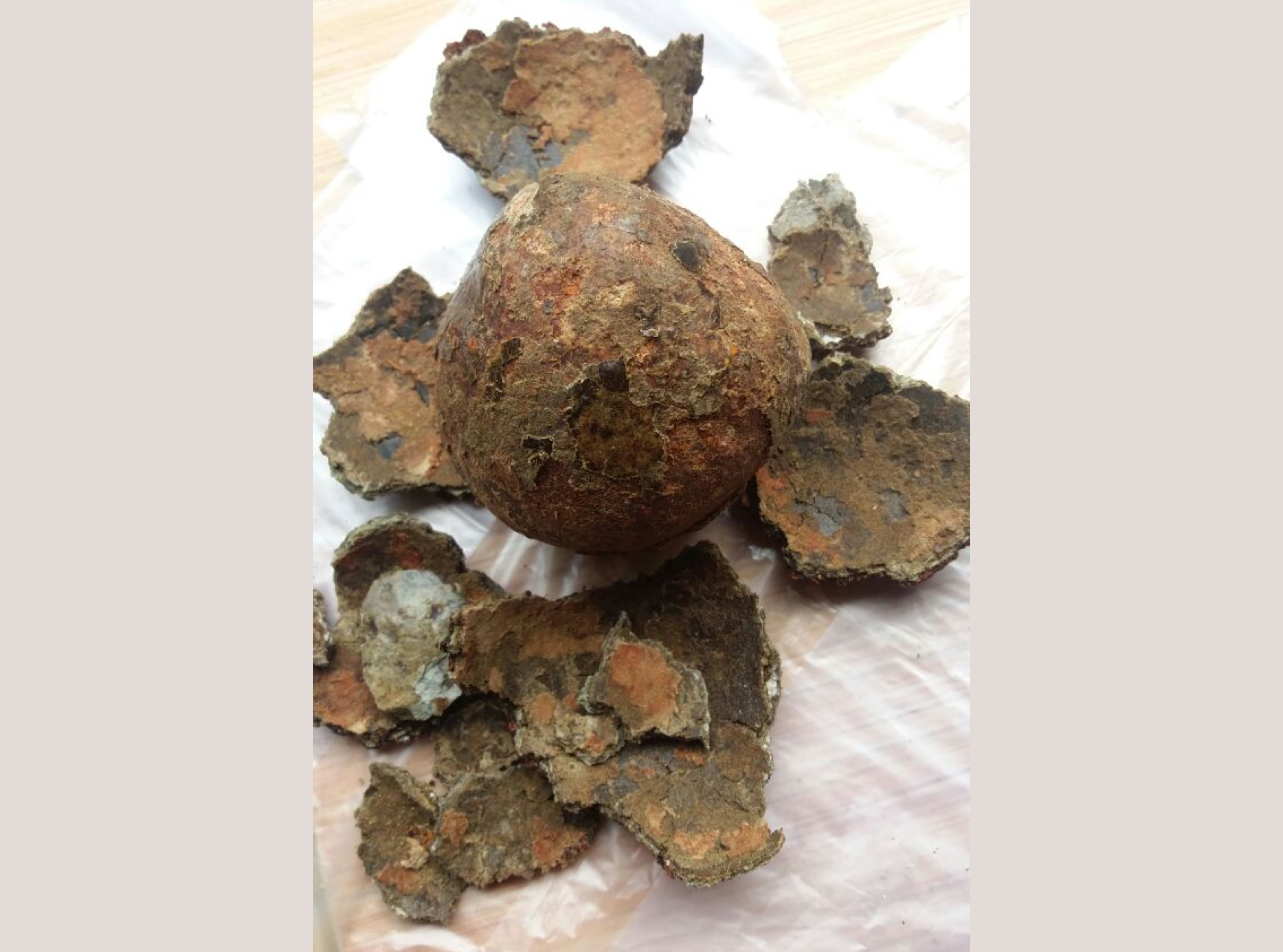
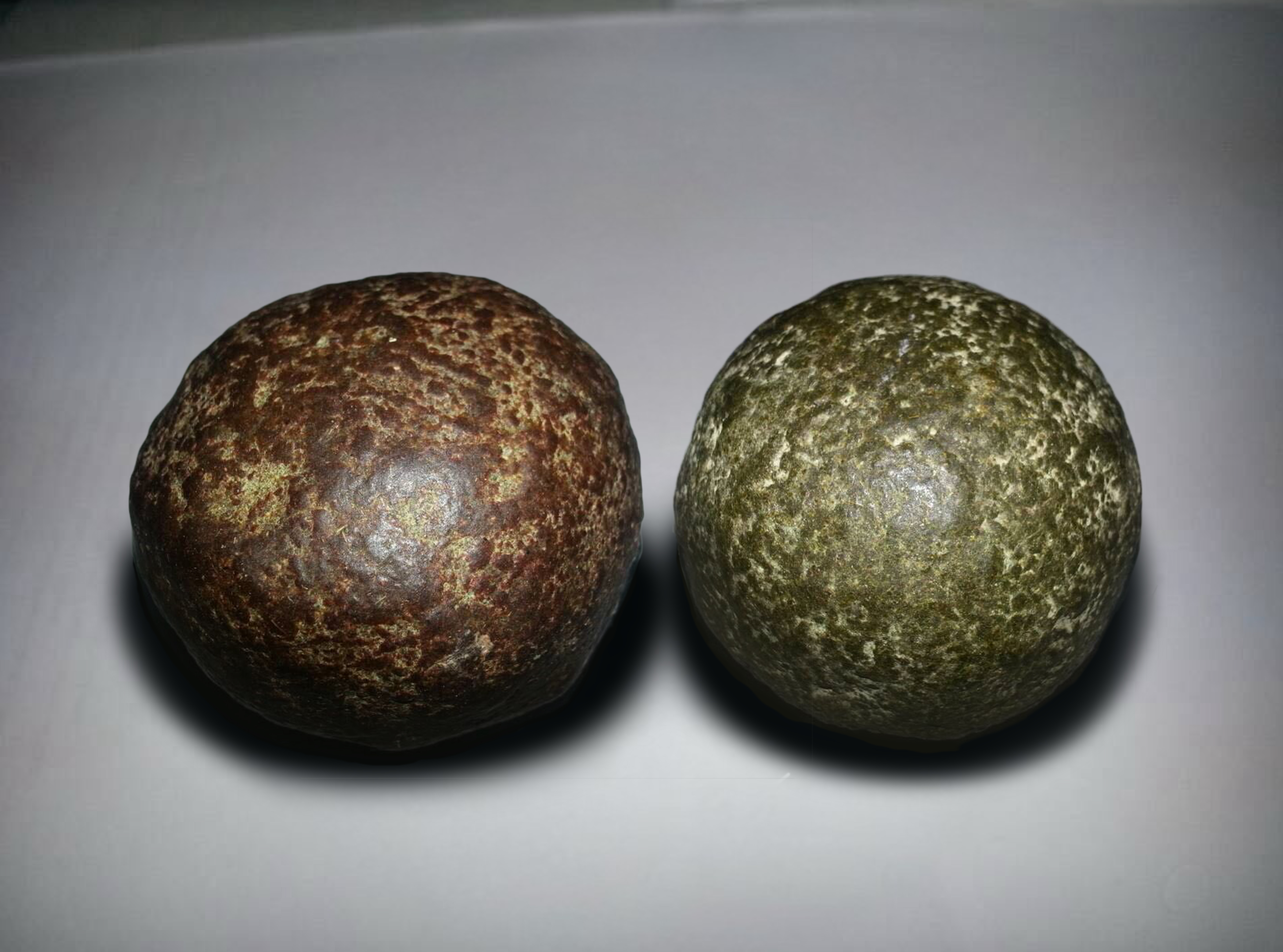
Even professionals find it difficult to distinguish by appearance
How to Spot Fake Porcupine Bezoars: 4 Common Counterfeit Methods
For more details, please click on the images

Powder Type
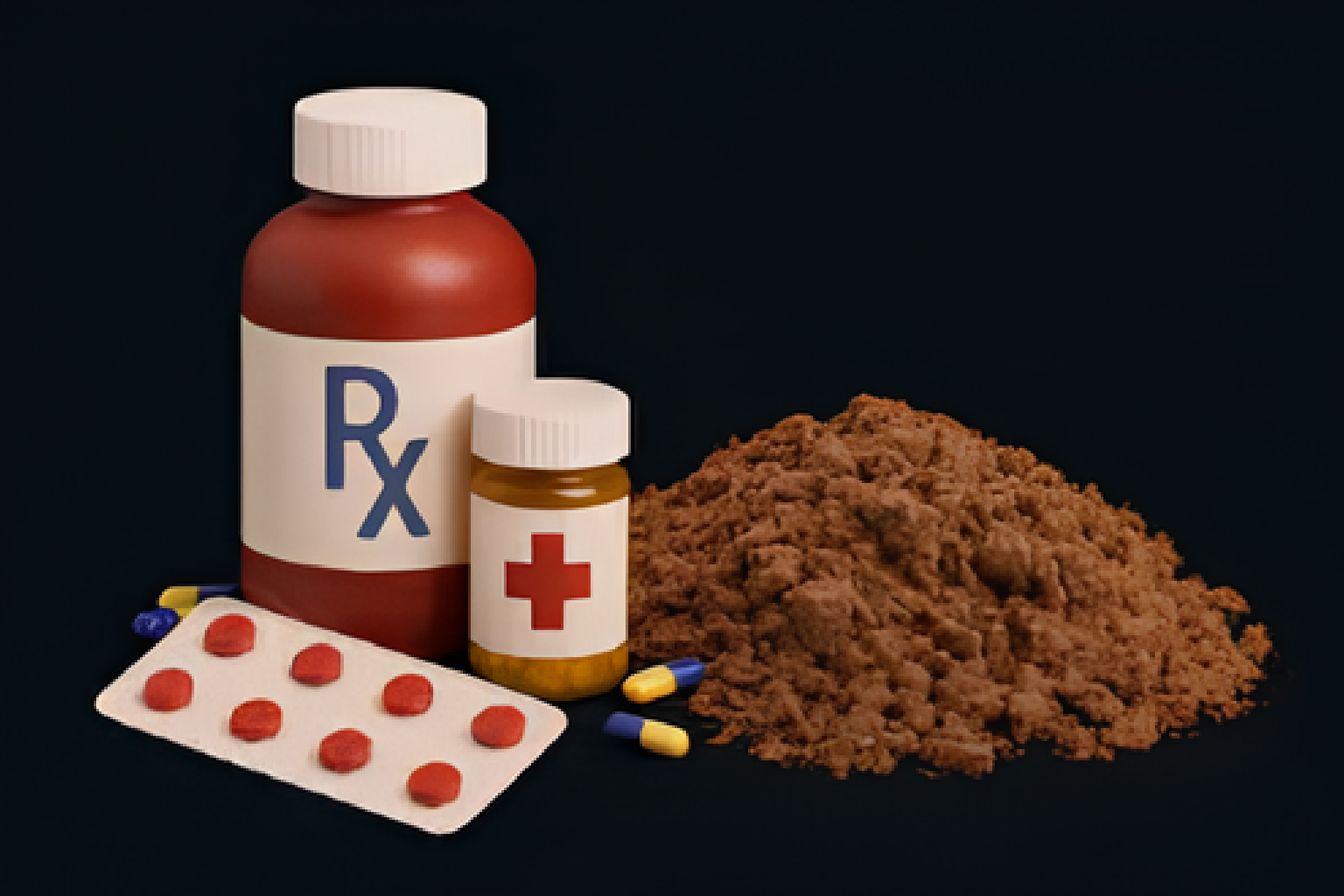
Powder + Internal Organs Type
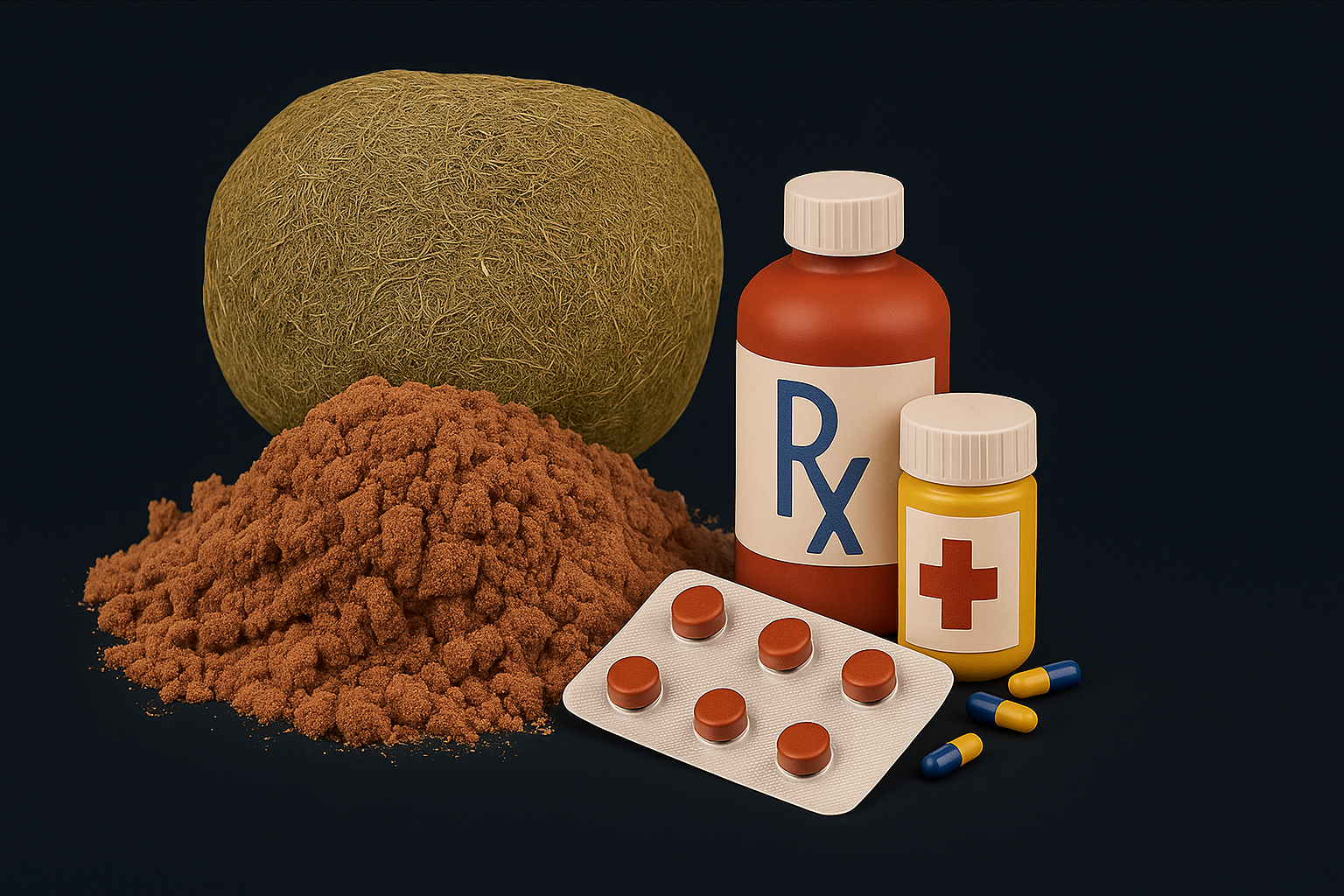
Powder + Internal Organs + Low-grade Bezoar Type
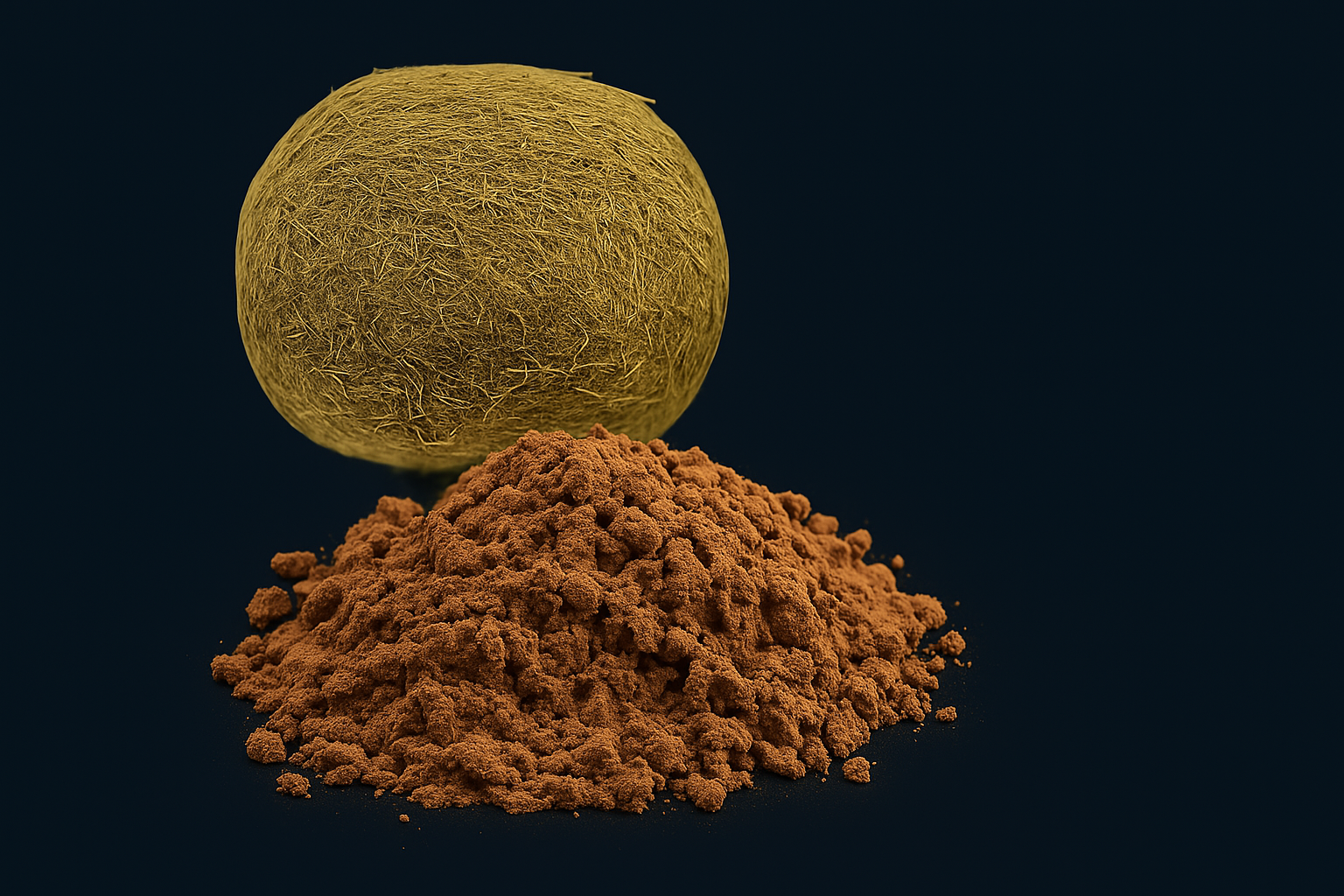
Internal Organs + Low-grade Bezoar Type
With continuous advancements in production techniques, fake porcupine bezoars are increasingly difficult to distinguish. Consumers should exercise great caution when purchasing, carefully verify authenticity, and stay vigilant against deception.
Beware of Fake Porcupine Bezoar Scams:
Low Price ≠ Authentic Bezoar
Many people are drawn to so-called “discounted” or “cheaper” prices and end up purchasing fake porcupine bezoars. Apart from financial loss, these counterfeits can also pose serious health risks.
Fake porcupine bezoars are made from a variety of low-cost materials, mainly to imitate the appearance, texture, and weight of genuine ones. However, they often contain harmful substances such as gypsum, bitter vines, artificial colouring, cement, coconut fibre, MSG, painkillers, baking powder, and synthetic steroids. While patients may experience temporary pain relief or anti-inflammatory “effects” after consumption, long-term consumption of these substances can cause irreversible damage to health, leading to severe discomfort or other serious medical issues.
Therefore, consumers must exercise extreme caution when purchasing porcupine bezoars. Never be tempted by low prices that could result in irreversible harm. To better understand the ingredients and potential side effects of fake bezoars, it is recommended to consult reliable sources and ensure that what you purchase is genuine and truly beneficial to your health.
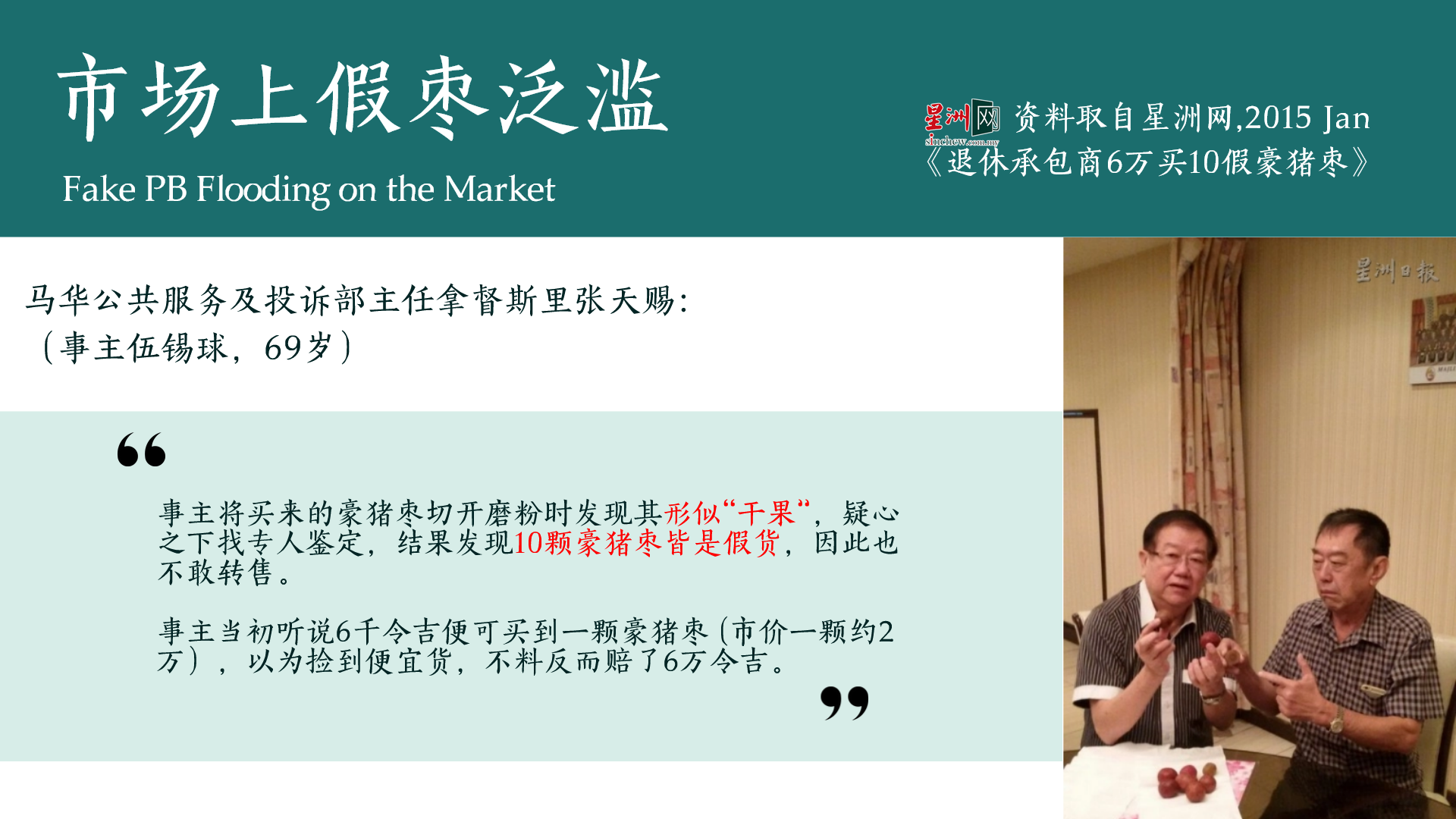
According to a report published by Sin Chew Daily in January 2015 titled "Retired Contractor Spends RM60,000 on 10 Fake Porcupine Bezoars", the market has become flooded with counterfeit porcupine bezoars, causing serious concern among consumers. The need to distinguish genuine porcupine bezoars has never been more urgent. Protecting authentic porcupine bezoars should not remain just a slogan — it must begin with "understanding the difference between the real and the fake". Only through recognition and differentiation can consumers avoid being deceived and truly safeguard public health and safety.
How to Identify Genuine Porcupine Bezoars? Don't Be Fooled by Fakes!
To verify authenticity, always request an official verification report in black and white and seek advice from a qualified team of experts. Only then can you be confident that the porcupine bezoar you purchase is safe, genuine, and truly effective.
References:
- Dr Wong Voon Min “The Porcupine Bezoar Guide: From Bezoars to Health ‧ Recovery Day by Day”
- Yang Yong Nian “Pure Porcupine Bezoars Are Rare ‧ Identifying Authenticity Becomes a Key Task”
- Sin Chew Daily “Retired Contractor Spends RM60,000 on 10 Fake Porcupine Bezoars”
- Duffin, C. “The Historical Roles of Mineral Materials in Folk Medicine and the Development of the Materia Medica”
Frequently Asked Questions
For the complete list of FAQ answers, please click

